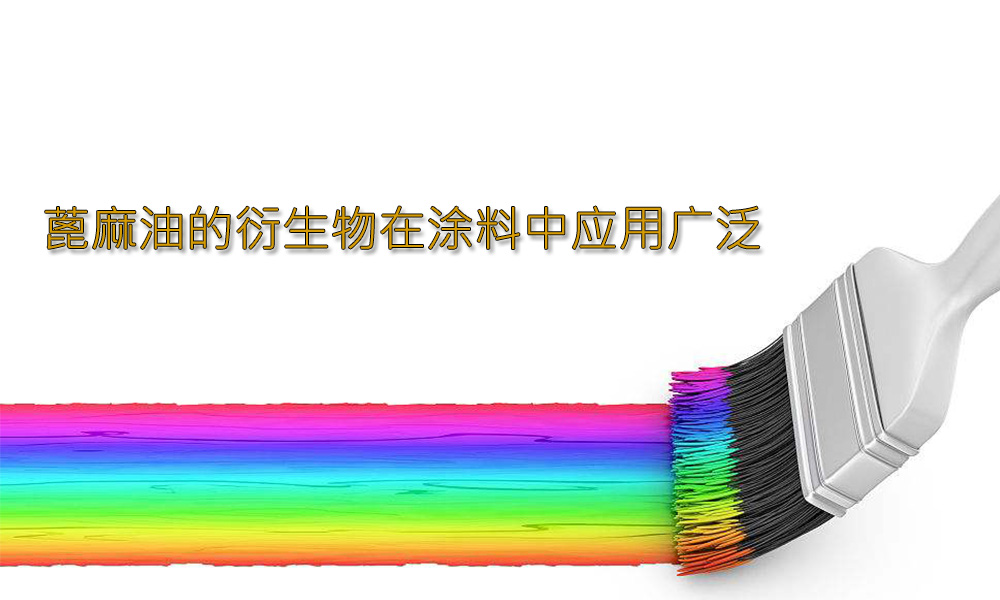
Castor oil is a triglyceride of fatty acids. Castor oil is found in castor beans In the seeds, its content is 35% to 57.%. “Castor oil is obtained by squeezing or solvent extraction. It is almost colorless or slightly yellow, clear and viscous liquid; has a slight odor; has a light taste and then is slightly pungent.
Suppliers of castor oil point out that there are many kinds of castor oil derivatives, which are widely used in coatings:
Oxidized castor oil is often called blowing oil, blowing oil or oxidized castor oil. Oil, which is made by air oxidation of castor oil at high temperatures. The resulting product is a complex mixture containing various structures. It is mainly used as a toughener for nitrocellulose paint, real paint, spray paint, and can be used in polyurethane paint.
Oxidized castor oil is produced from castor oil in the presence of hydrogen and a catalyst. It can be used to prepare thick-coat chlorinated rubber coatings with good adhesion. A resin copolymerized by styrene, butyl acrylate and acrylic acid, with The primer made of iron oxide red, iron oxide black anti-corrosion pigments, talc, bentonite and hydrogenated castor oil has the advantages of good water resistance, dry block, excellent anti-rust performance, scratch resistance and impact resistance.
Epoxidized castor oil is obtained by alkoxylation reaction of castor oil directly with ethylene oxide or propylene oxide. Castor oil can also be hydrolyzed or transesterified first and then polar alkoxylation reaction can be carried out. It is hydrogenated and then alkoxylated. The resulting epoxidized castor oil is comparable to epoxidized soybean oil and has certain applications in coatings.
Sulfonated castor oil is also called Swire oil or Turkey red oil, which is produced by neutralizing castor oil and sulfuric acid, is a surfactant. It has functions of dispersing, lubricating, and emulsifying, and is widely used in textiles, papermaking, metal processing, and pesticides. Industry. The sulfonated castor oil used in papermaking coatings is required to give the coating good fluidity and paintability, improve the water retention of the coating, and control the migration and penetration of the coating liquid to the surface of the base paper to enhance the bonding strength between the coating and the base paper.

 微信扫一扫打赏
微信扫一扫打赏

